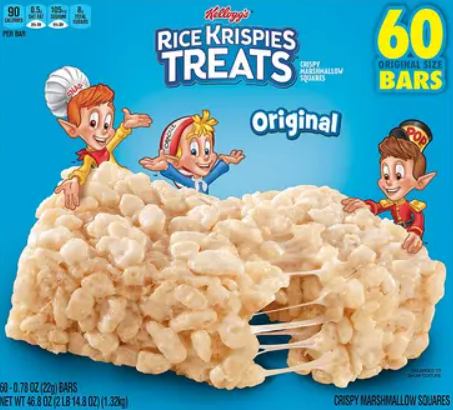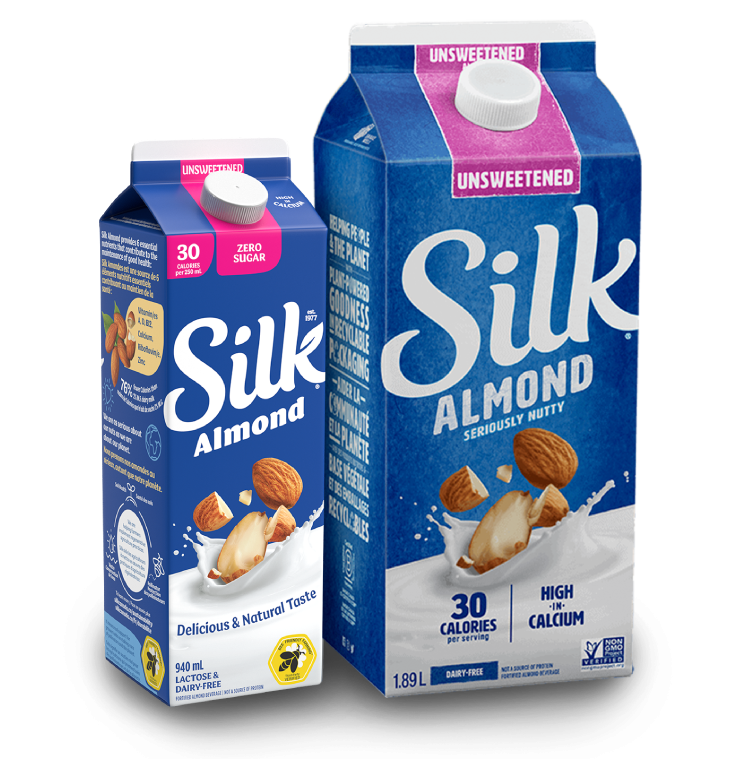Are Rice Crispy Treats Gluten Free?
Rice Crispy Treats have been a beloved snack for generations, delighting both children and adults with their sweet, crunchy goodness. But in recent years, as awareness of gluten sensitivities and celiac disease has grown, many people have started to question ” Are Rice Crispy Treats Gluten Free?”. In this comprehensive guide, we’ll dive deep into the world of Rice Crispy Treats, exploring their ingredients, manufacturing processes, and alternatives to help you make informed decisions about your snack choices.
What Are Rice Crispy Treats?
Before we delve into the gluten-free question, let’s take a moment to appreciate what Rice Crispy Treats actually are. These simple yet delicious snacks are typically made with three main ingredients:
- Rice cereal (usually Rice Krispies)
- Marshmallows
- Butter
The basic recipe involves melting the marshmallows and butter together, then stirring in the rice cereal until it’s evenly coated. The mixture is then pressed into a pan and allowed to cool before being cut into squares or other shapes.
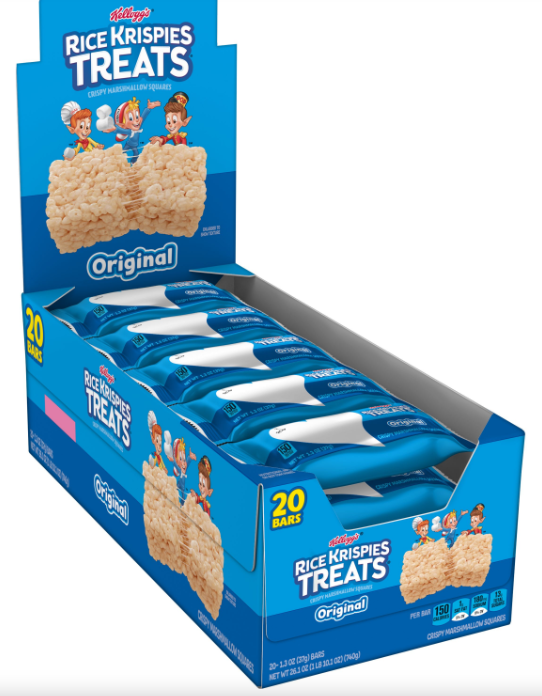
Understanding Gluten
To determine whether Rice Crispy Treats are gluten-free, we first need to understand what gluten is and where it’s commonly found.
What is Gluten?
Gluten is a protein found in wheat, barley, and rye. It acts as a binding agent in many foods and gives bread its chewy texture. While gluten is harmless for most people, those with celiac disease or gluten sensitivity need to avoid it to prevent adverse health effects.
Common Sources of Gluten
Gluten can be found in a wide variety of foods, including:
- Bread and baked goods
- Pasta
- Cereals
- Beer
- Some sauces and condiments
- Certain processed foods
Now that we understand gluten and its common sources, let’s examine the ingredients in Rice Crispy Treats to determine their gluten-free status.
Are the Ingredients in Rice Crispy Treats Gluten-Free?
To answer the main question of whether Rice Crispy Treats are gluten-free, we need to look at each ingredient individually:
1. Rice Cereal
The primary ingredient in Rice Crispy Treats is, of course, the rice cereal. Rice itself is naturally gluten-free, which is good news for those avoiding gluten. However, there are a few considerations:
Brand Variations
While the original Kellogg’s Rice Krispies cereal contains malt flavoring derived from barley (which contains gluten), there are many gluten-free rice cereal alternatives available. These include:
- Kellogg’s Rice Krispies Gluten Free (made with brown rice)
- Nature’s Path Organic Crispy Rice Cereal
- One Degree Organic Foods Sprouted Brown Rice Crisps
- Barbara’s Brown Rice Crisps
When making homemade Rice Crispy Treats, you can easily choose a gluten-free rice cereal to ensure your treats are safe for those with gluten sensitivities.
Cross-Contamination Risks
Even if a rice cereal is made with gluten-free ingredients, there’s always a risk of cross-contamination during manufacturing. For those with severe gluten sensitivities or celiac disease, it’s important to choose cereals that are certified gluten-free and produced in dedicated gluten-free facilities.
2. Marshmallows
Marshmallows are generally gluten-free, as they’re typically made from sugar, water, and gelatin. However, there are a few potential concerns:
Ingredients to Watch For in Rice Crispy Treats
Some marshmallow brands may use additives or flavorings that contain gluten. Always check the ingredient list for:
- Modified food starch (if not specified as corn starch)
- Wheat starch
- Barley malt flavoring
Gluten-Free Marshmallow Brands
To be on the safe side, consider using marshmallows that are explicitly labeled as gluten-free, such as:
- Kraft Jet-Puffed Marshmallows
- Dandies All Natural Marshmallows
- Trader Joe’s Marshmallows
3. Butter
Good news! Butter is naturally gluten-free. Whether you use salted or unsalted butter, it should not contain any gluten ingredients. However, be cautious with flavored butter spreads, as they may contain additives that include gluten.
Homemade vs. Store-Bought Rice Crispy Treats
Now that we’ve examined the individual ingredients, let’s compare homemade and store-bought Rice Crispy Treats in terms of their gluten-free status.
Homemade Rice Crispy Treats
When you make Rice Crispy Treats at home, you have full control over the ingredients. This means you can easily ensure they’re gluten-free by:
- Choosing a certified gluten-free rice cereal
- Using gluten-free marshmallows
- Sticking with plain butter
By carefully selecting your ingredients, you can create delicious gluten-free Rice Crispy Treats that are safe for those with celiac disease or gluten sensitivity.
Store-Bought Rice Crispy Treats
When it comes to pre-packaged Rice Crispy Treats, the gluten-free status can be more complicated:
Kellogg’s Rice Krispies Treats
The original Kellogg’s Rice Krispies Treats are not gluten-free, as they contain malt flavoring derived from barley. However, Kellogg’s has introduced a gluten-free version made with brown rice and marshmallows.
Other Brands
Several brands offer gluten-free versions of crispy rice treats, including:
- Made Good Crispy Squares
- EnviroKidz Crispy Rice Bars
- Nature’s Path Crispy Rice Bars
Always check the packaging and ingredient list carefully when purchasing store-bought treats, and look for certified gluten-free labels for the most reliable options.
Cross-Contamination Concerns
For individuals with celiac disease or severe gluten sensitivity, cross-contamination is a significant concern. Even if all ingredients are gluten-free, the manufacturing process can introduce gluten into the final product.
In Commercial Production
When Rice Crispy Treats are produced in large-scale facilities, there’s a risk of cross-contamination if the same equipment is used to process products containing gluten. Reputable companies that offer gluten-free products typically have strict protocols in place to prevent this, including:
- Dedicated gluten-free production lines
- Thorough cleaning procedures between production runs
- Regular testing for gluten contamination
In Home Kitchens
If you’re making Rice Crispy Treats at home, be mindful of potential sources of cross-contamination, such as:
- Using utensils or cookware that have been in contact with gluten-containing foods
- Preparing the treats on surfaces where bread or other gluten-containing items are usually handled
- Using butter that’s been contaminated by bread crumbs from shared butter dishes
To minimize these risks, consider having dedicated gluten-free cookware and utensils, and always clean surfaces thoroughly before preparing gluten-free foods.
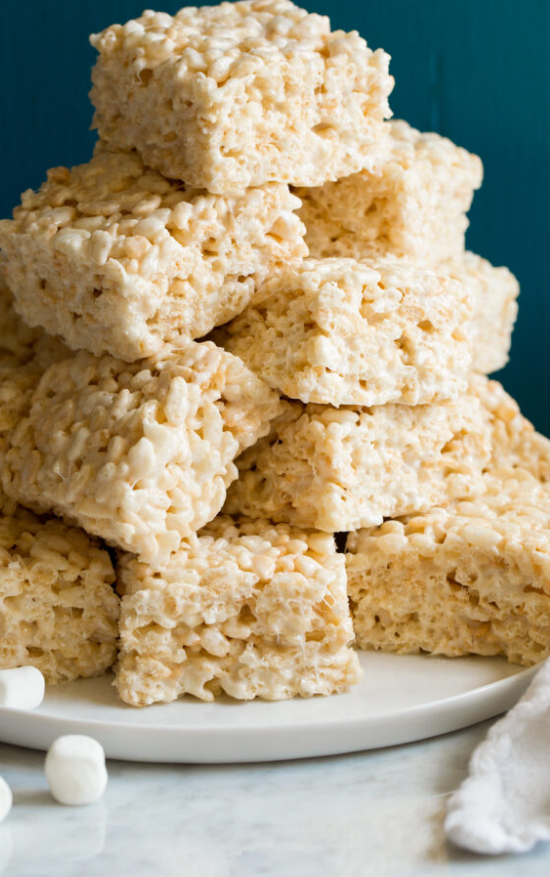
Nutritional Considerations For Gluten Free Diet
While the gluten-free status of Rice Crispy Treats is important for those with celiac disease or gluten sensitivity, it’s also worth considering the overall nutritional value of these treats.
Calories and Sugar Content
Rice Crispy Treats, whether homemade or store-bought, are generally high in calories and sugar. A typical 2-inch square treat can contain:
- 90-100 calories
- 8-10 grams of sugar
- 2 grams of fat
While they can be enjoyed as an occasional treat, they shouldn’t be considered a health food or a regular part of a balanced diet.
Lack of Fiber and Nutrients
Rice Crispy Treats are primarily made of refined carbohydrates and sugar, offering little in terms of fiber, vitamins, or minerals. For those following a gluten-free diet, it’s important to ensure you’re getting these nutrients from other sources.
Gluten-Free Doesn’t Always Mean Healthy
It’s crucial to remember that “gluten-free” doesn’t automatically equate to “healthy.” Many gluten-free treats, including Rice Crispy Treats, can be high in sugar and calories while low in beneficial nutrients.
Alternatives and Variations
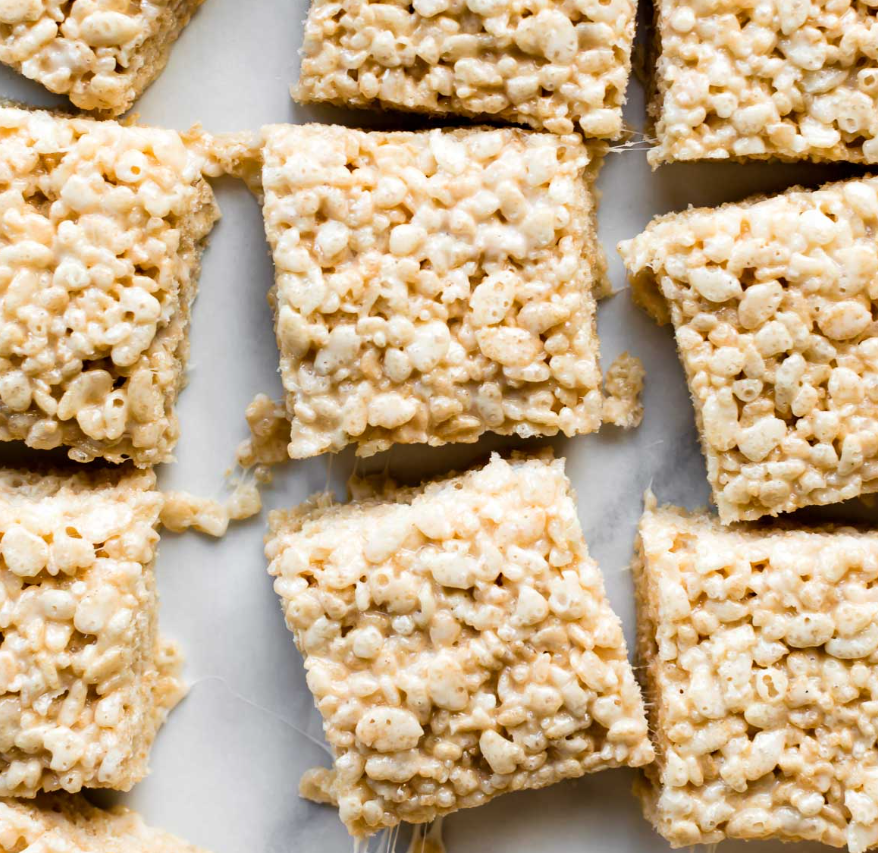
For those looking to enjoy Rice Crispy Treats while adhering to a gluten-free diet or simply wanting to explore healthier options, there are several alternatives and variations to consider:
Gluten-Free Rice Crispy Treat Recipes
You can easily make gluten-free Rice Crispy Treats at home using the following recipe:
Ingredients:
- 6 cups gluten-free crispy rice cereal
- 1 (10 oz) package gluten-free marshmallows
- 3 tablespoons butter
Instructions:
- Melt butter in a large pot over low heat.
- Add marshmallows and stir until completely melted.
- Remove from heat and quickly stir in the cereal until well coated.
- Press the mixture into a greased 13×9 inch pan.
- Allow to cool before cutting into squares.
Healthier Variations
To boost the nutritional value of your Rice Crispy Treats, consider these variations:
- Add nuts or seeds: Mix in chopped almonds, walnuts, or pumpkin seeds for added protein and healthy fats.
- Incorporate dried fruit: Add raisins, cranberries, or chopped dried apricots for natural sweetness and fiber.
- Use brown rice cereal: Opt for brown rice crispy cereal for a bit more fiber and nutrients.
- Swap in nut butter: Replace some or all of the butter with almond or peanut butter for added protein and flavor.
- Add dark chocolate: Drizzle melted dark chocolate over the top for antioxidants and a flavor boost.
Other Gluten-Free Snack Options
If you’re looking for gluten-free alternatives to Rice Crispy Treats, consider these options:
- Popcorn: A naturally gluten-free whole grain snack that can be flavored in countless ways.
- Fruit and nut bars: Look for bars made with dried fruits, nuts, and seeds without added gluten ingredients.
- Yogurt parfaits: Layer gluten-free granola with yogurt and fresh fruit for a nutritious treat.
- Veggie chips: Try baked vegetable chips made from sweet potatoes, beets, or kale for a crunchy snack.
- Energy balls: Make no-bake energy balls using dates, nuts, and gluten-free oats for a satisfying snack.
Reading Labels and Certifications: A Gluten Free Inspection
For those following a gluten-free diet, understanding how to read food labels and recognize gluten-free certifications is crucial.
Reading Ingredient Lists
When examining the ingredient list on a package of Rice Crispy Treats or any other food product, look out for these common sources of gluten:
- Wheat
- Barley
- Rye
- Malt
- Brewer’s yeast
- Oats (unless specified as gluten-free)
Remember that ingredients like “modified food starch” or “natural flavors” can sometimes contain gluten, so it’s best to choose products that are explicitly labeled as gluten-free.
Understanding Gluten-Free Labels
In the United States, the FDA regulates the use of “gluten-free” labels on food products. For a product to be labeled gluten-free, it must contain less than 20 parts per million (ppm) of gluten.
Look for these certifications and labels:
- Certified Gluten-Free: This label, often from organizations like the Gluten-Free Certification Organization (GFCO), indicates that the product has been tested and verified to contain less than 10 ppm of gluten.
- Gluten-Free: Products with this label must comply with the FDA’s gluten-free labeling requirements.
- No Gluten Ingredients: While not as reliable as a gluten-free certification, this label indicates that no gluten-containing ingredients were intentionally added to the product.
Contacting Manufacturers
If you’re unsure about a product’s gluten-free status, don’t hesitate to contact the manufacturer directly. Most companies have customer service lines or email addresses where you can inquire about specific products and their manufacturing processes.
Living with Celiac Disease or Gluten Sensitivity
For those diagnosed with celiac disease or non-celiac gluten sensitivity, navigating the world of food choices can be challenging. Here are some tips for maintaining a gluten-free lifestyle:
- Educate yourself: Learn about hidden sources of gluten and how to identify them on food labels.
- Plan ahead: When eating out or traveling, research gluten-free options in advance.
- Cook at home: Preparing meals at home gives you full control over ingredients and reduces the risk of cross-contamination.
- Find support: Join local or online support groups for people with celiac disease or gluten sensitivity.
- Consult professionals: Work with a registered dietitian who specializes in gluten-free diets to ensure you’re meeting all your nutritional needs.
- Be cautious but not fearful: While it’s important to be vigilant about avoiding gluten, don’t let it prevent you from enjoying a varied and delicious diet.
Conclusion
So, are Rice Crispy Treats gluten-free? The answer is: it depends. While the basic ingredients of rice cereal, marshmallows, and butter can be gluten-free, many commercial versions of Rice Crispy Treats contain gluten due to the use of malt flavoring or other additives.
However, by carefully selecting gluten-free ingredients, you can easily make your own gluten-free Rice Crispy Treats at home. For store-bought options, always check labels carefully and look for certified gluten-free products.
Remember that whether gluten-free or not, Rice Crispy Treats should be enjoyed in moderation as part of a balanced diet. For those with celiac disease or gluten sensitivity, there are many delicious and nutritious gluten-free snack alternatives available.
By staying informed, reading labels carefully, and being mindful of cross-contamination risks, you can safely navigate the world of snacks and treats while adhering to a gluten-free lifestyle. Whether you’re satisfying a sweet tooth or looking for a nostalgic treat, with the right knowledge and preparation, you can enjoy Rice Crispy Treats or their gluten-free alternatives without compromising your health or dietary needs.
